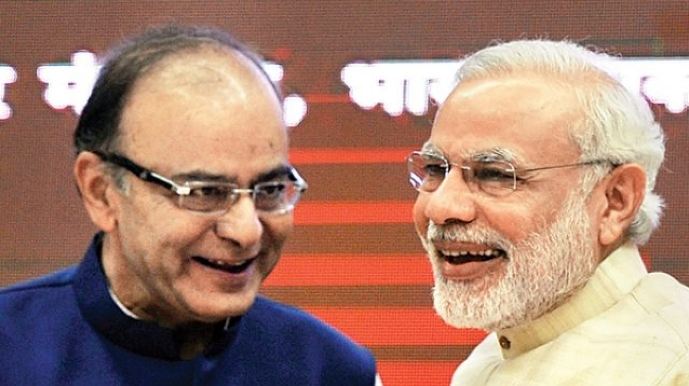Undoubtedly, one of the biggest economic reforms since liberalisation, the Goods & Services Tax (GST) has completed a year amidst lot of praise and criticism. So, what has changed since its roll-out? Are we at a better position than we were a year back, before the GST roll-out? Has it succeeded in delivering all of its promises?
It will not be fair to say that GST has delivered all the promises it made before its introduction but we can agree to the fact that it was not a failure, not by any margin. It was not a highway ride but we have progressed nevertheless. Before the introduction of GST, common complaint against GST roll-out was the rise of inflation, as it happened with all other countries. Fortunately, there wasn’t any spike in inflation thanks to the multi-bracketed tax structure as they helped to keep most of the rates in the same levels. The recent spike in inflation can be attributed to rise in food and fuel prices.
It was not an easy path, like any other economic reforms. Govt has underestimated the IT infrastructure facilities to put in place before rolling out. Manufacturing took a hit as they hardly produced anything in the months prior to GST roll-out. Exporters faced heat as they couldn’t file returns on timely manner, and couldn’t get refunds on time. Small traders/micro units had to run behind professionals (like chartered accountants) to get their returns filed on time. Was all that pain worth it? Let’s see.
Qualitative arguments don’t cut here, quantitative figures do. In the very first month of its introduction, total revenue stood at Rs. 93,590 Crores and the lowest being Rs. 83,716 crore in the month of December. For the first time, due to the year end effect, GST collections crossed Rs. 1 lakh crore in the month of April. Though, it may not continue to clock above Rs. 1 lakh crore in the coming months, it would give an indication where the collections can potentially go and they started to rise nevertheless. Most importantly, compliance started to show some improvement, from 53.9 lakh in the month of February to 62.5 lakh by May. Under the previous tax regimes, only 6.4 million units were registered, but under the GST structure, those numbers rose to 11.2 million. Basically, tax base, both direct and indirect started to grow rapidly. In FY18, 6.84 Cr people have filed income tax returns while the same figure stood at 5.43 Cr in FY17. Mind you, our GST is one of the most complicated GST structures in the world with many slabs.
Fortunately, over 90% of the products fall under only three categories.
As our GST structure is one of the most complicated structures in the world but it has helped in controlling inflation right after its implementation. As the tax base widens, there will be convergence in the GST slab rates.
Broadly, there is a wider compliance in every sector except few sectors– building materials (like ceramics, plywood etc), textiles, plastic, electrical appliances. 70% of plywood industry, 55% of laminates, 50% ceramic industry is unorganized. And, if they are to be organized they have to either absorb the taxes as high as 18% or to pass them on to the end customers. But nobody is willing to do that, so the unorganized trade of the above industries flourished as the implementation of E-way bill was delayed because of the lack of surveillance.
The apex body responsible for GST implementation, the GST council has been very active in amending the rules and bringing the changes, like extension of due dates of filing returns, postponement of e-way bill implementation when the systems were not ready, and inducing anti-profiteering agency whenever they are needed. GST is not perfect, not even close to it. But, GST is a huge leap towards formalization of economy, as it is yet to deliver on its biggest promise of formalization of the economy.
The GST was not a roaring success nor it was a failure by any means. It is undisputed and a great economic reform and the work is still in progress. We have come a long way since its implementation, from adjusting the slabs to simplification of filing the returns, from introducing e-way bill to establishing anti-profiteering agency; indeed it has come a long way in the implementation and formalization part. Yes, introduction of petroleum products and alcohol beverages, two of the biggest sources of revenue need to be included in GST structure to further simplify it. And yes, there are some wrinkles that needs to be ironed out, but that doesn’t take away the future benefits of the GST implementation.
I can confidently say that the worst is behind us and we can only look forward in the coming months as the number of the units under GST increases which in turn would increase the tax base and the overall revenue.
